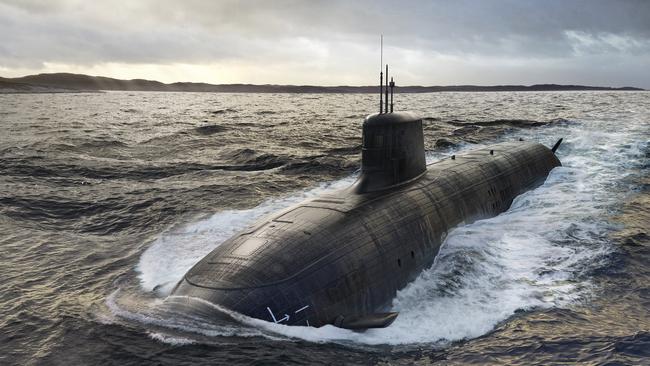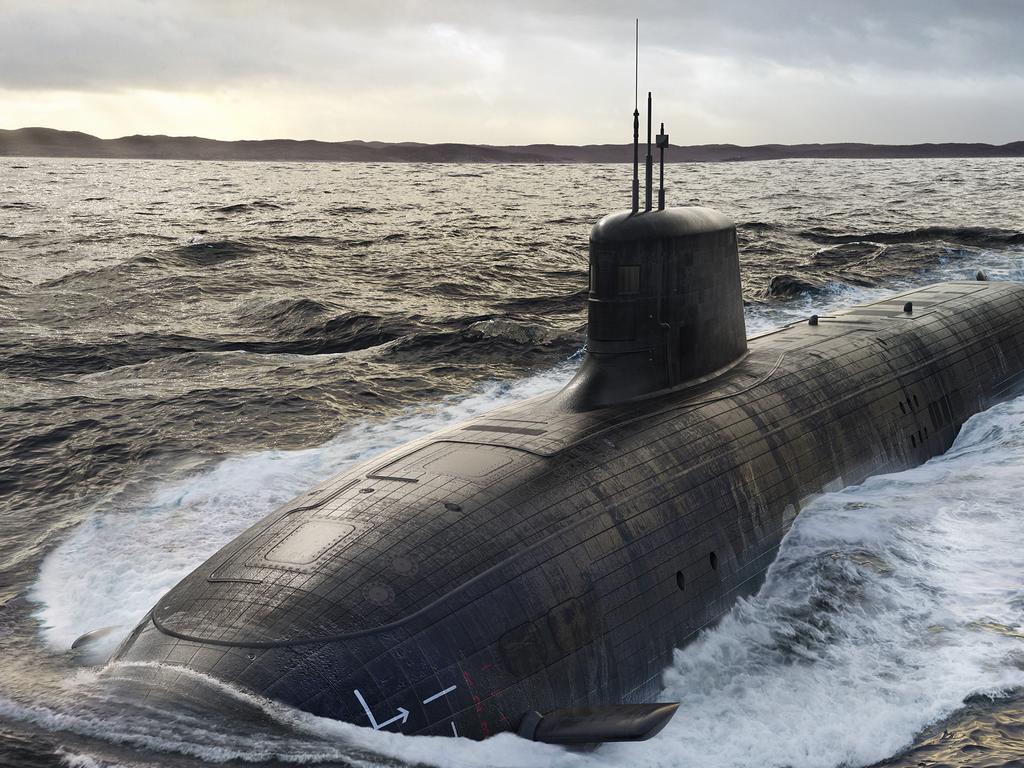Naval radioactive waste plans questioned
Defence’s decision to build a storage facility for low-level radioactive waste at HMAS Stirling naval base has been questioned by a former defence minister.

Defence’s decision to build a storage facility for low-level radioactive waste at HMAS Stirling naval base has been questioned by the operator of Australia’s only radioactive waste repository and a former defence minister.
The Australian Radiation Protection and Nuclear Safety Agency last week issued a licence to the Australian Submarine Agency to prepare a site for a new facility to manage low-level waste associated with the AUKUS nuclear submarines, such as tools, gloves and safety equipment.
The ASA’s new facility will be built at HMAS Stirling on Garden Island, just off the coast of Rockingham in Perth’s south.
Tellus Holdings is owner and operator of Sandy Ridge, the only disposal facility for low-level radioactive waste, which sits some 240km west-northwest of Kalgoorlie in the WA desert. The project takes low-level waste from hospitals and heavy industry around the country.
Tellus managing director and chief executive Nate Smith said while the company was a strong supporter of AUKUS, there were issues around Defence’s plans for the low-level waste.


“Defence can provide no guarantees to Western Australians about where or when its low-level radioactive waste will be permanently disposed of,” he said. “Their plan for a separate and future taxpayer-funded disposal facility relies on securing a commitment that no Australian government agency has been able to deliver in the last 50 years, and one that typically takes 1-2 decades to deliver overseas.
“Tellus can assure Western Australians that Sandy Ridge can immediately, safely and securely dispose of nuclear submarine low-level radioactive waste. This option is faster, better value for taxpayers, and safer for workers and the local Rockingham community.”
The new facility at HMAS Stirling will temporarily store operational low-level radioactive material generated from the maintenance and routine operations of the submarines, before it is transported to locations on Defence land for longer-term storage. Management of the waste will be similar to that used in hospitals and universities for gloves and test equipment.
But Mr Smith said Sandy Ridge represented a better option.” (International Atomic Energy Agency) international best practice, ARPANSA guidelines and Australian government policy all confirm that permanent disposal of low-level radioactive waste at a licensed facility is always safer and more secure than temporary storage,” he said.

Former defence minister Linda Reynolds has also been critical of Defence’s plans.
“Tellus’s operational facility offers the safest geological conditions in the world to safely store radioactive waste … The Sandy Ridge facility already has strong social licence from the local community,” she told The Australian.
“My repeated questions on this issue to Defence remain unanswered. Why has the department … decided to spend millions in building a new low-level radioactive waste storage facility at HMAS Stirling, when we already have an operational state-of-the-art facility in WA?”
A spokesperson for Defence Minister and Deputy Prime Minister Richard Marles defended the plans.







To join the conversation, please log in. Don't have an account? Register
Join the conversation, you are commenting as Logout